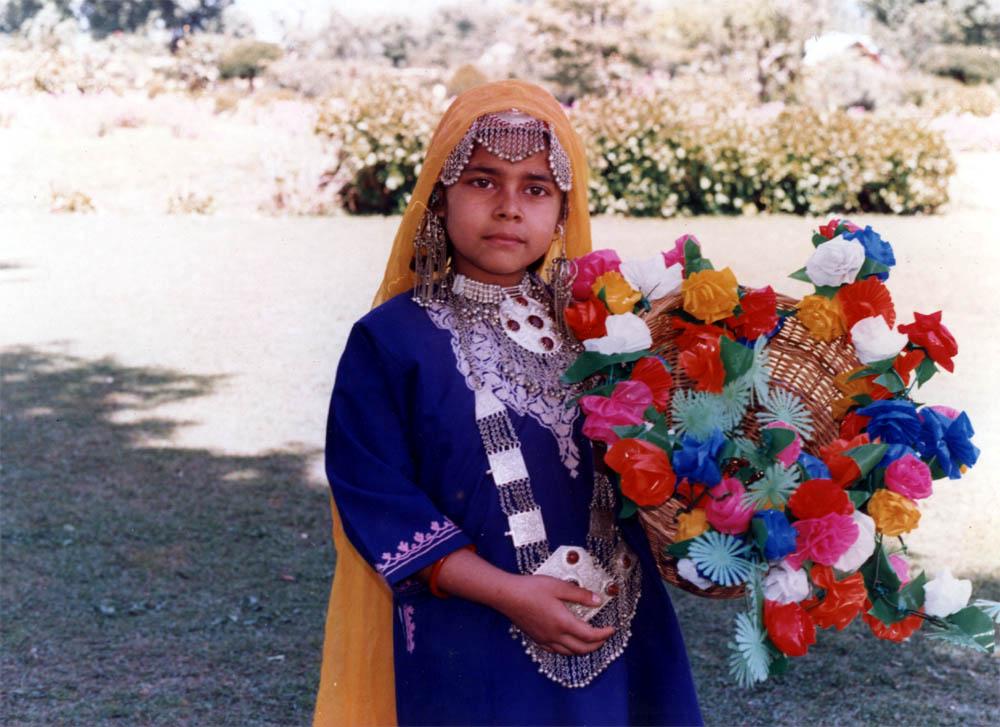Cultural Identity in Portraiture
Portrait art captures cultural identity through vibrant colors, unique stories, and traditional attire. Faces serve as maps of cultural traditions, with clothing telling centuries of history in patterned fabrics passed down through generations.
Artists use symbols and colors to convey meaning:
- A hue might represent a season, tribe, or spiritual belief
- Facial features, hairstyles, jewelry, and tattoos hold cultural significance
- Artists carefully etch these nuances, painting not just faces but entire epochs
Contemporary artists like Toyin Ojih Odutola bring cultural duality to the fore using mixed media. Her portrait of Zadie Smith weaves in Jamaican roots and British identity. Yinka Shonibare plays with themes of colonialism and identity, integrating Dutch wax fabric with Western attire to fuse African and Western heritage.
Ancient portrait traditions varied, with Etruscan sarcophagi symbolizing social status rather than aiming for realism. Leonardo da Vinci's Mona Lisa, on the other hand, used sfumato techniques to create new dimensions, sparking debates about the subject's true identity.
Cultural identity in portraiture transcends mere appearance, inviting us to explore heritage and ask who we are and where we come from.

Historical Evolution of Portrait Art
The journey of portrait art spans human history, evolving from ancient stylized representations to modern interpretations. Egyptian and Etruscan art focused on societal roles and spiritual ideations rather than individual likeness.
Greek and Roman artists introduced realism, with Greeks seeking idealized beauty and Romans portraying power in emperors' busts. The Renaissance brought a revolutionary shift, marrying science and art. Artists like Michelangelo and Leonardo da Vinci used techniques such as perspective and chiaroscuro to add depth and lifelikeness to portraits.
Baroque and neoclassical eras embraced opulence and drama, using light and shadow to evoke emotion. The advent of photography in the 19th century democratized portraiture, spurring artists to explore new styles like Impressionism and Cubism.
Today, contemporary artists like Fin DAC blend multiple influences, creating a dialogue between past techniques and modern stories. Portrait art continues to evolve, reflecting broader cultural shifts and exploring the interplay between realism and abstraction.
Contemporary Portrait Artists and Diversity
Modern portrait artists celebrate diversity, challenging stereotypes and exploring cultural nuances. Toyin Ojih Odutola's work harmonizes the intricacies of identity, while Yinka Shonibare blends Western history with African motifs to question cultural boundaries.
Christopher Smith and Farwa Moledina tackle themes of gender identity and faith:
- Smith's self-portraits explore his journey as a gay man
- Moledina uses the hijab to portray the complexities of Muslim womanhood
Jenny Sampson's tintype portraits immortalize female and non-binary skateboarders, breaking gender barriers in counter-culture spheres. Nelson Makamo's expressive brushstrokes depict African children as vibrant and optimistic.
These artists not only paint but also challenge societal norms, inviting viewers to see beyond superficial labels. Their work contributes to a broader dialogue about identity and representation in art.
Symbolism and Meaning in Portraits
Colors, patterns, and symbols in portraits tell stories of cultural identity and heritage. Gold might represent prosperity or divinity, while blue could evoke tranquility or distance. African textile patterns carry historical lineage and communal tales.
Objects in portraits add layers of meaning:
- A book might suggest knowledge
- A lion could symbolize courage or reference astrology
The choice of technique and medium also shapes the portrait's expression. Toyin Ojih Odutola's cross-hatching brings vitality to her subjects, while Jenny Sampson's tintypes create a sense of timelessness.
These elements invite viewers to engage with portraits on a deeper level, decoding the symbolism within. By exploring these layers, we connect with the human stories and cultural meanings woven into each artwork.
Portraiture reflects cultural identity, capturing human stories and heritage. Each portrait invites us to consider who we are and where we come from, connecting personal expressions with broader cultural legacies. Through these visual narratives, we engage in an ongoing dialogue between past and present.
- Vasari G. Lives of the Most Excellent Painters, Sculptors, and Architects. 1550.
- Freud S. Leonardo da Vinci and a Memory of His Childhood. 1910.
- Apollinaire G. The Cubist Painters. 1913.
- Gombrich EH. The Story of Art. Phaidon Press; 1950.
- Clark K. Leonardo da Vinci. Penguin Books; 1959.























